Floating, Flying Robots to Assist S&R.Operations
The NATO Centre for Maritime Research and Experimentation played a crucial role in enhancing autonomy and integration between Unmanned Surface Vehicles and Unmanned Aerial Vehicles as part of the ICARUS project, funded by the European Commission.
The NATO Centre for Maritime Research and Experimentation (CMRE), part of the NATO Science and Technology Organization, recently hosted maritime sea trials delivered in the context of the ICARUS (Integrated Components for Assisted Rescue and Unmanned Search operations) project, which is funded by the European Commission under the Seventh Framework Program for Research and Innovation (FP7). The trials were held between 13 October and 24 October 2014.
ICARUS has been developing advanced robotic platforms which can support crisis intervention teams in detecting, locating and rescuing humans in danger, in maritime and land disaster scenarios, since 2012.
Unmanned Search and Rescue (SAR) devices offer a valuable tool for saving human lives and for speeding up the SAR process. This is particularly crucial for maritime incidents, in which survival times are short and during which even SAR teams take considerable risks. For such events, Unmanned Surface Vehicles (USVs), capable of transporting SAR equipment and deploying first aid devices, can greatly improve the efficiency of operations.
The integration of robotic platforms, including Unmanned Surface Vehicles (USVs) and Unmanned Aerial System (UAS), was successfully tested and demonstrated at CMRE during the ICARUS 2014 sea trials.
Existing technologies have been improved to strengthen resilience, and new developments include robotic vehicles that can deploy autonomous lifesaving capsules, using mission planning software, new sensors and new data acquisition capabilities to detect and track survivors. CMRE has world-leading expertise in maritime robotics and target recognition. In the framework of the ICARUS project, the Centre is collaborating with INESC (Laboratory of Microgrids and Electric Vehicles, Portugal), to enhance the autonomy of the robotic surface vehicles and is also involved in the integration of the main USV into the ICARUS Command, Control and Interface (C2I) station for collaborative operations with aerial robots.
The ICARUS project is managed by a consortium of 24 partners from 10 countries which includes stakeholders from industry, Small and Medium-sized Enterprises, research institutes and end-users, such as the Portuguese Navy and the Belgian First Aid and Support Team (B-FAST). One of the main objectives of the project is to bridge the gap between robotic laboratories and the application of novel robotic devices to real-life situations in the field, paving the way for cutting-edge technologies to be used in Search and Rescue operations. The technologies developing during the ICARUS project will be tested in 2015 during two major demonstration events: a simulated earthquake exercise in Belgium and a maritime accident exercise in Portugal.

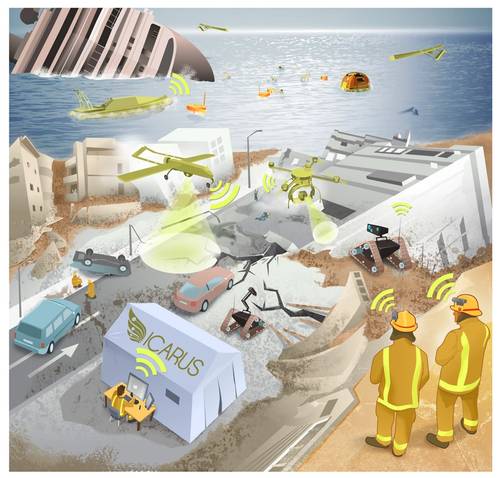
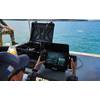
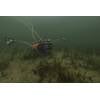


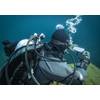
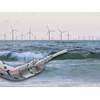









 February 2024
February 2024



